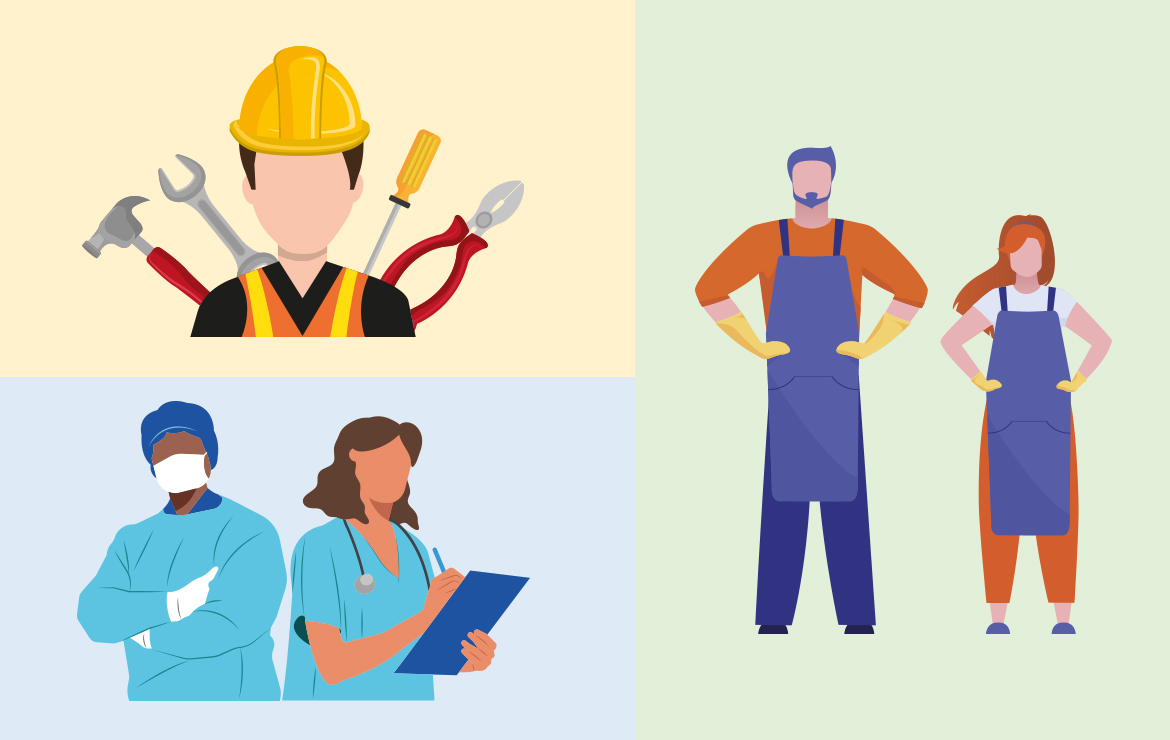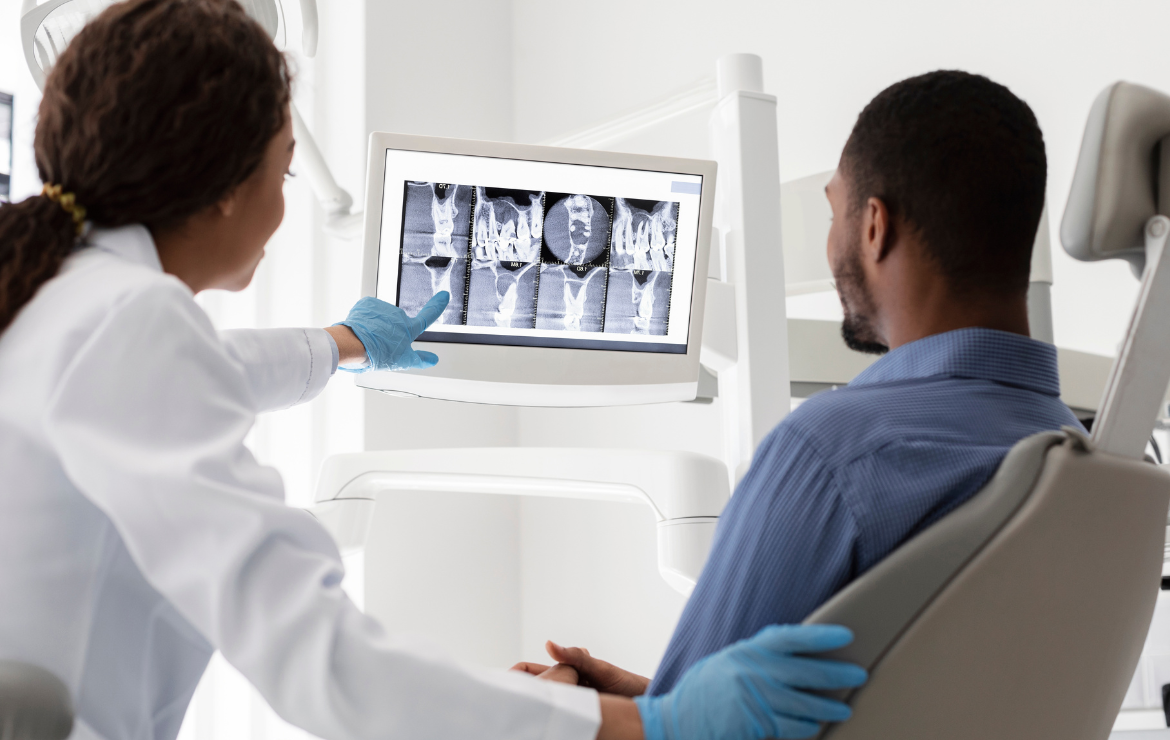Common Job Types That Can Cause Knee and Hip Injuries

Knee and hip injuries can be excruciating and have long-lasting effects on your mobility. But did you know that certain job types may put workers at an increased risk for these injuries? It’s true, so it’s essential to be aware of the conditions in the workplace that could lead to knee or hip injuries. A comprehensive analysis of 71 studies, encompassing a staggering one million workers, has revealed the risky nature of certain careers. Topping the list are agriculture, construction, mining, service, and housekeeping sectors. It seems that excessive kneeling, squatting, standing, lifting, and stair-climbing could be the ultimate high-stakes activities in the workplace. Let’s look at some of the most common job types where workers are at a higher risk for knee or hip injuries.
Laborers and Construction Workers |
|
 |
Laborers and construction workers are most likely to sustain knee or hip pain due to their jobs. This is mainly because they often work in physically demanding environments, lifting heavy objects, climbing ladders, using tools, and bending over all day. The repetitive motion combined with heavy lifting can cause severe damage to the joints over time. It’s essential to prevent injuries for laborers and construction workers to take regular breaks during their shifts and use proper form when doing any strenuous activity. |
Nurses |
|
 |
Nurses are also at an increased risk for knee or hip pain because they spend a lot of time on their feet—sometimes up to 12 hours per shift. Over time, this can lead to joint pain from standing in one spot for too long or having to twist or turn more than usual during patient care. To reduce the chances of injury, nurses should wear supportive shoes with plenty of cushioning. They should also take periodic breaks throughout the day (even if it’s only five minutes) so they can rest their feet before continuing with their duties. |
Food Service Workers |
|
 |
As food service workers prepare meals all day, they spend a lot of time bent over counters and cutting boards—sometimes without taking regular breaks. This can cause strain on the hips and knees, leading to joint pain over time. To help prevent injury in food service workers, employers should encourage them to take regular breaks throughout the day and practice proper posture while working behind counters or cutting boards. Proper footwear is also essential; clogs with good arch support will help absorb shock better than many other shoes. |
Knee and hip injuries can severely affect your physical health and career prospects. So it’s vital for those who work in high-risk professions, like laborers, construction workers, nurses, food service workers, etc., to understand it is essential that anyone working in such a precarious field be aware of the risks they are taking and make investments in quality protective wear—from proper footwear to safety guards—as well as take necessary breaks and employ recovery methods when needed throughout the day. By doing so, they can reduce the risk of sustaining a knee or hip injury, both now and later on down the road.
Join Our Webinar on March 30th, 2023!
Discover groundbreaking surgical techniques and robust treatment solutions for knee and hip injuries, going beyond traditional methods. Listen to intriguing conversations about underlying medical conditions and their impact on worker’s compensation claims, unraveling the complexities that intertwine with overall treatment and claim expenses. Register Today! https://www.mtiamerica.com/hip-knee-replacements-and-their-treatments/










